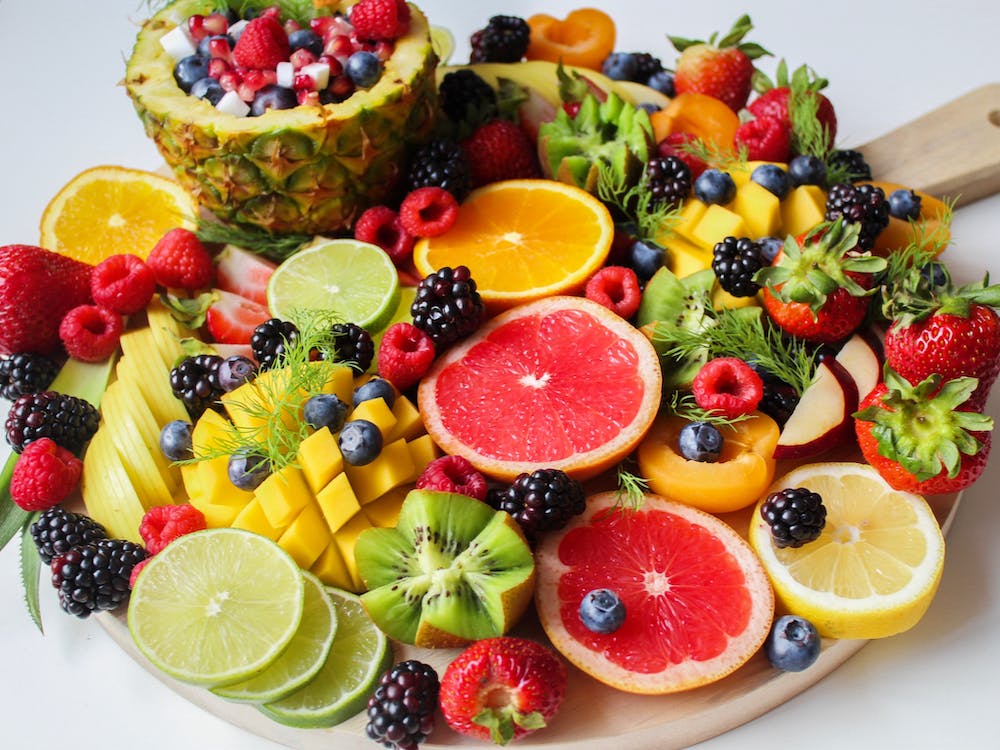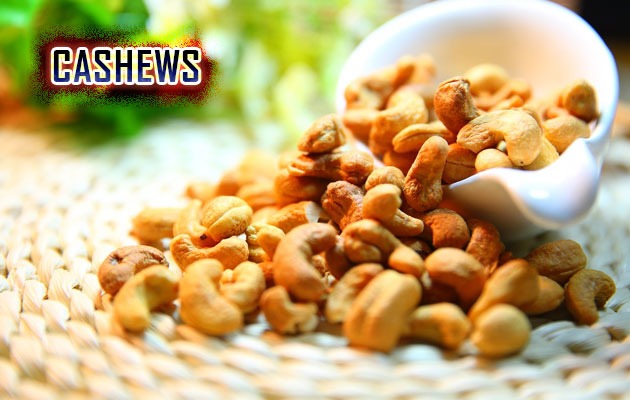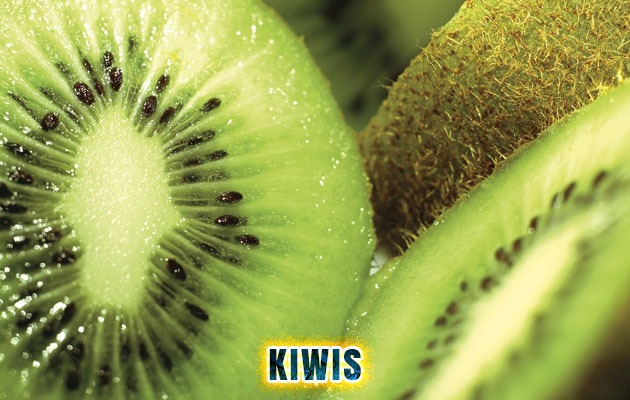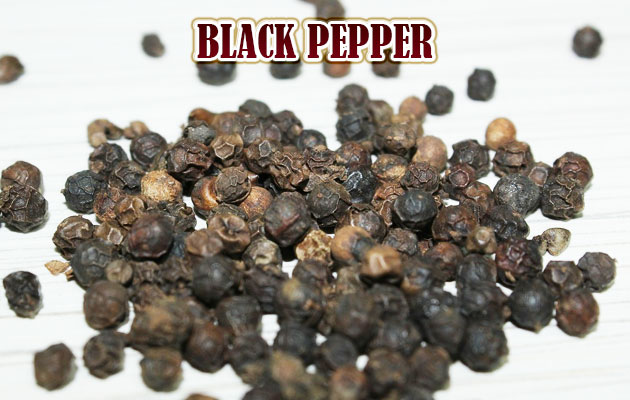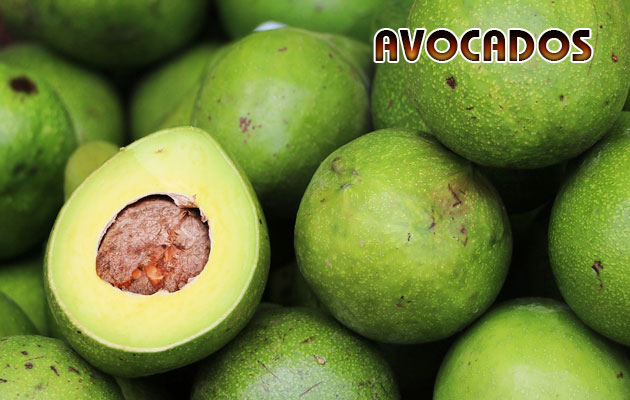Fruits and vegetables have been an essential part of our diet, perhaps ever since time began. They give color and balance to our dishes, and also provide the bulk of the vitamins that we need in everyday life. We can do a lot to our fruits and vegetables — we eat them raw or cooked, chill and freeze them, and combine them with other fruits and vegetables in a creative and amazing way. We also drink them in juices or make smoothies out of them, and can use them in other ways as a seasoning for other foods. Some fruits are even used for household purposes other than cooking and eating.
Fruits and vegetables deserve a little more recognition than being just a familiar sight in gardens and orchards, markets, kitchens, and our tables. There’s so much more to know about fruits and vegetables, and these facts about them are surprisingly interesting! Stick around and enjoy this gallery — you will adore these fruits even more!
1. Pineapple
A fruit that grows predominantly in tropical countries, we all know that a pineapple is a delicious fruit which is great for making juices, savory dishes and of course desserts
Apart from being rich in vitamins A and C as well as fiber, there’s a little bit more you must know about pineapples for your own benefit.
Bromelain, a proteolytic enzyme found in fresh pineapples, is an excellent anti-inflammatory, muscle relaxant, and digestive aid. It also has chemicals that impede the growth of a tumor, thus making the pineapple a good fruit to prevent cancer. As bromelain breaks down proteins, it makes pineapples as a great meat tenderizer. Now you know why your delicious glazed Christmas hams are flavored with pineapples — they’re actually injected with pineapple juice.
2. Cashews
These strange-looking fruits bear one of the most prized nuts in the world. But do you know that the cashew fruit and nut are related to the poison ivy? The nuts are encased by a shell which has powerful chemical irritants just like the poison ivy.
But why aren’t we getting so violently itchy when we eat cashews (unless some of us have nut allergies)? It’s because manufacturers roast the nuts at a very high temperature to completely destroy such toxins.
3. Kiwis
Some of us (including this author) who have never seen where kiwis grow think that these fuzzy-skinned, oblong fruits grow in trees. But we’re quite wrong! Kiwis — or more correctly, kiwifruits — actually grow on vines and are cultivated like grapes. The kiwifruit is also called Chinese gooseberry, in case you also don’t know.
4. Pomegranate
From salads to desserts to juices, a pomegranate proves to be a versatile fruit. Pomegranate, which reveals gem-like bright red edible seeds, is actually a berry that grows on shrubs or small trees. To know if a pomegranate is ripe, tap the fruit lightly. If it makes a metallic sound, then it’s ready to eat! Be sure to check out fruit trees for sale so you can have your own.
5. Saffron
Saffron has the reputation as the most revered and expensive spice in the world because of its rich color, flavor, scent, and painstaking time and effort in harvesting it. For thousands of years, it has been an important and extremely precious spice.
Would you believe that saffron is actually a part of a flower? No? But we’re not putting you on! It’s true that the saffron is actually part of a flower, specifically a stigma from a flower saffron crocus (Crocus sativus).
6. Beets
If you are moody but are hesitant to try Prozac, try eating beets — they have high amounts of betaine which relax your mind. Beets also have anti-depressant properties.
Want to amp up your sex drive? Try beets too as your natural Viagra. During the ancient Roman times, people used beets as an aphrodisiac. And it’s just not an old-wives’ tale — beets have been actually found to contain high quantities of boron, which is directly responsible for the production of sex hormones.
7. Cocoa beans
What the world would be today if cocoa beans had not been discovered? Christopher Columbus is said to have discovered the cocoa beans in the Caribbean islands and brought them back to Europe during the early 16th century. But because he also brought along more exciting treasures in his galleon, the humble beans were ignored.
Now, cocoa beans are probably the most highly-valued beans in the world, and because of them, we enjoy one of our most indulgent pleasures, the chocolate.
8. Cantaloupes
Cantaloupes are varieties of melon. Like melons and its other relative’s cucumbers, pumpkins, squashes, and gourds, cantaloupes grow on vines. Aside from its sweet, orange flesh, the seeds of the cantaloupe can also be eaten. The seeds can either be dried or roasted and then salted — they’re guaranteed to be a delicious and nutritious snack.
9. Peanuts
Peanuts (or groundnuts) are not actually nuts, but legumes, related to the beans and lentils. However, they are prepared, cooked and eaten in the manner of true nuts. One of the most popular products made from them is, of course, the partner of jam for your sandwich, the peanut butter. You don’t have to worry about eating lots of peanuts or peanut butter, because peanuts are high in monounsaturated oils, making them cholesterol-free. In short, peanuts are good for you (unless you are allergic to them).
10. Bananas
Bananas are easy to eat, easy to digest, nutritious and delicious. Although the plant where bananas come from is popularly called “banana tree,” it’s not actually a tree as it is not woody and does not have branches. The “tree” is actually a tall herb, and therefore the fruits themselves are technically berries. Apart from the fruits, the banana hearts are also eaten and used in many dishes especially in Asian countries.
11. Cranberries
Cranberries, where the sauce is made as a traditional accompaniment for your Thanksgiving turkey, grow in dwarf shrubs or trailing vines. The cranberry is just one of the three fruits native to North America, the other two being blueberry and Concord grape. Bounceberry is another name for cranberry because it tends to bounce when it’s good and ripe.
12. Black pepper
Black peppers are one of the most ubiquitous spices used all around the world, but we have little idea where they come from. Do you know that black peppers are actually fruits that grow on vines? Technically, peppers are berries which turn into dark red when ripe. Black peppers are made from unripe fruits which are cooked and then dried, which become peppercorns. They can also be ground or powdered.
13. Avocados
Avocados can be called a cream from Nature because of their creamy flesh. In fact, vegans use avocados as a substitute for the real cream for their desserts such as mousse. Although avocado has the highest fat content compared to other fruits, it is otherwise healthy because it has mostly monosaturated fats, which are good for the heart.
Apart from using them for your salads, desserts, and guacamoles, avocados are also used for beauty and wellness purposes. Many skin and hair products are derived from the avocado. In fact, you can make your own natural face mask at home using avocados, along with other natural ingredients such as bananas, egg yolks, lemons, and honey.

